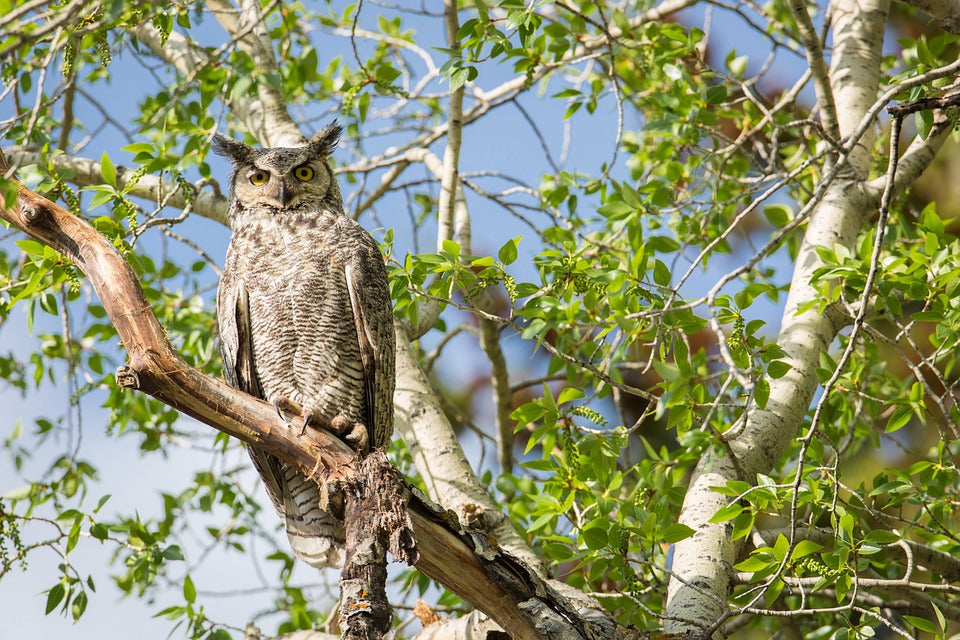Offer
Provide additional details about the offer you're running.
Provide additional details about the offer you're running.
Provide additional details about the offer you're running.

Officially listed as a “special concern” here in the province of Ontario, the black tern is literally fighting for its life. The small, dark-coloured birds spend their time in the marshes and swamp habitat throughout the province as they forage for insects and dive for small fish.
One of the more unique points surrounding this bird is the fact that they are among the world’s bird species that build what are referred to as floating nests. Much like the name of the nest suggests, these nests are built using a variety of vegetation and quite literally float on the surface of a small body of water, such as a swamp or marshy area.
The black tern was once a very common bird here in Ontario, but their numbers are sharply declined since the 1980s and a number of threats are believed to be the driving cause behind their fading population. With their nesting sites floating on the water’s surface, their nests become quite susceptible to a number of risks. The draining and alteration of wetlands is thought to be one of the main factors as we continue to destroy wetlands and habitat for commercial use. Human disturbances can also cause their nests to flood or sink, often caused by boat traffic in and around nesting sites.
In addition to the risks noted above, predation is also one of the reasons behind the black tern’s decline. While their eggs are subject to a variety of predators such as minks, great blue herons, turtles, American crows and even some species of ducks, research conducted by the Ontario Field Ornithologists (OFO) suggests that the great horned owl to be of chief concern.
Great horned owls generally consume a diet that consists of roughly 90% mammals, 10% avian prey and traces of amphibians, reptiles and invertebrates. This being said, additional research across North America is suggesting that depending on the geographical location and available food sources, these ratios can drastically change among these owls. In fact it has been noted that the amount of avian prey in a great horned owls diet can range from anywhere from 5%, to up to 65% as documented in the prairie pothole region of North Dakota.
In an attempt to gather more data on the predation of Black Tern eggs by the great horned owl here in Ontario, OFO strategically set up cameras on a number of nesting sites in the Kawartha Lakes region of the province in an effort to record predation activity and record the results.

The OFO states that they will continue to study the dynamics of predation with regards to the nesting sites and eggs of the black terns in the Kawartha Lakes colonies. They hope to develop a number of simple, cost-effective and non-invasive solutions so as to prevent the predation of eggs by the local great horned owls.
High Quality Blend